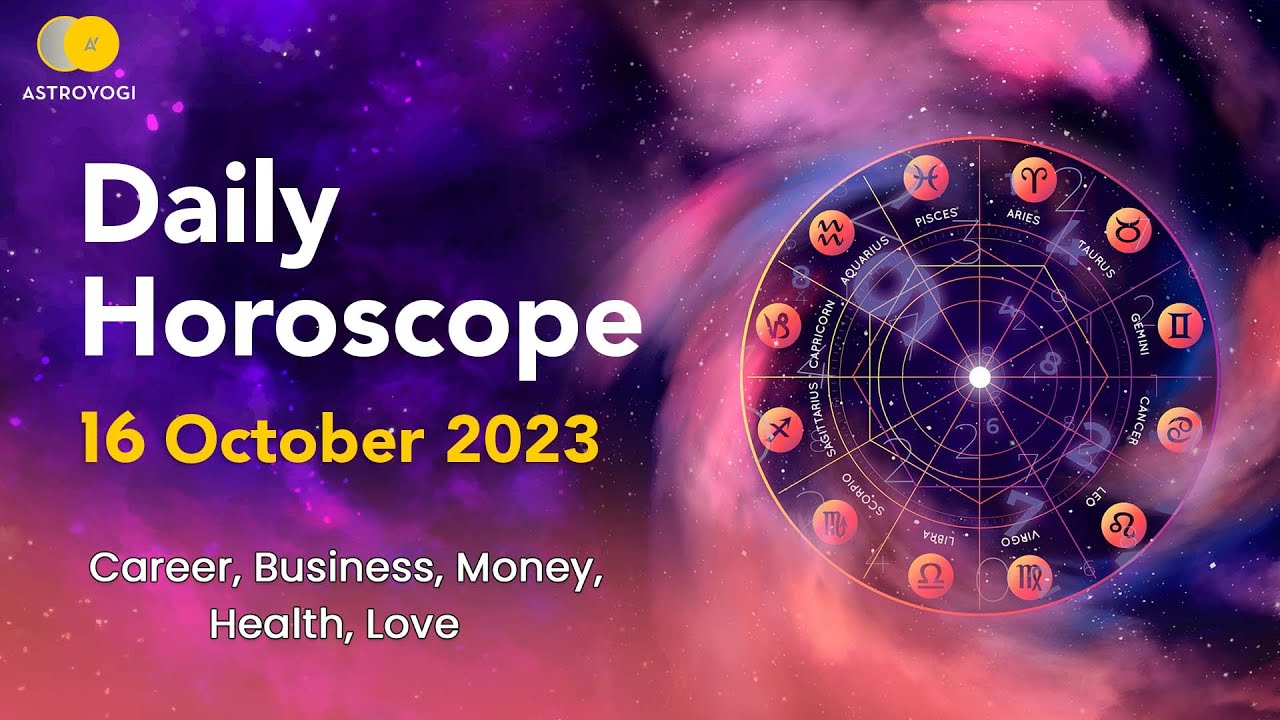Since ancient times, humanity has gazed at the love and relationship astrology reading stars, seeking meaning and guidance in the vast expanse of the cosmos. One of the most enduring legacies of this cosmic contemplation is astrology — an age-old practice that seeks to interpret the positions and movements of celestial bodies to understand human behavior, personality traits, and the unfolding of events in our lives.
The Foundations of Astrology
Astrology is rooted in the belief that the positions and alignments of celestial objects at the time of a person’s birth can offer profound insights into their character, tendencies, strengths, and challenges. It encompasses the study of planets, stars, the moon, and their influence on earthly affairs.
The zodiac, a belt divided into twelve astrological signs, forms the backbone of astrology. Each sign corresponds to specific dates and is associated with certain characteristics and personality traits. The Sun’s position at the time of a person’s birth determines their zodiac sign, while the positions of other celestial bodies like the moon, planets, and stars further refine the individual’s astrological profile.
The Components of Astrology
Astrology encompasses various branches, including:
Natal Astrology: This focuses on interpreting an individual’s birth chart, also known as a natal chart or horoscope. It maps the positions of celestial bodies at the time of birth and serves as a blueprint for understanding an individual’s life path, strengths, weaknesses, and potential challenges.
Mundane Astrology: This branch examines the astrological influences on world events, including political movements, natural disasters, and global trends. Mundane astrologers analyze the celestial configurations to predict potential outcomes on a larger scale.
